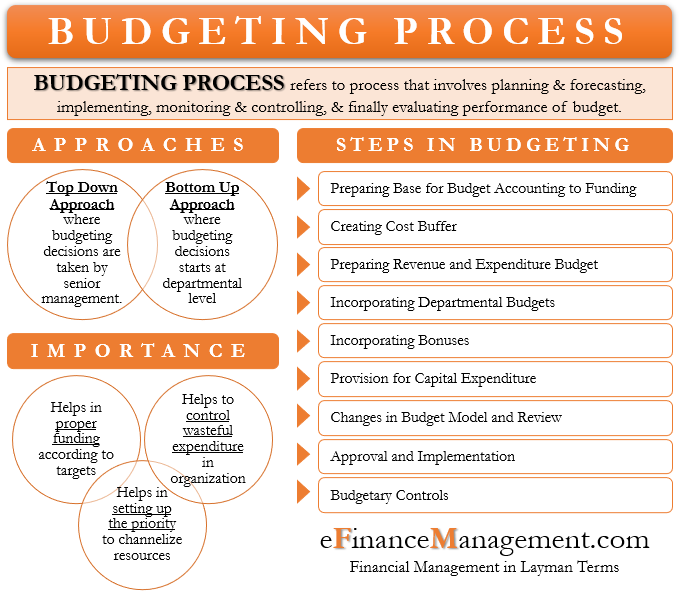A Realistic Escape To The Country: Budgeting And Finances

Table of Contents
Assessing Your Current Financial Situation
Before you start envisioning your idyllic country home, it's crucial to understand your current financial standing. A thorough assessment will provide a solid foundation for your rural living budget and help determine the affordability of your country escape.
Understanding Your Income and Expenses
The first step in planning your country escape is honestly evaluating your income and expenses. This means creating a detailed budget that tracks your monthly spending. Consider using budgeting apps like Mint, YNAB (You Need A Budget), or Personal Capital to streamline this process.
- Track all income sources: Include your salary, any side hustles, investments, and other sources of income. Accuracy here is paramount for a realistic rural living budget.
- Categorize expenses: Divide your expenses into categories such as housing, food, transportation, utilities, entertainment, and debt payments. This will help you pinpoint areas where you can cut back.
- Identify areas for potential savings: Once you've categorized your expenses, look for areas where you can reduce spending. Can you reduce your dining out budget? Could you switch to a cheaper cell phone plan? Even small savings add up significantly.
- Calculate your net disposable income: This is the amount of money you have left after paying all your expenses. This figure is crucial for determining how much you can realistically allocate towards your country escape.
Determining Your Affordability
With a clear picture of your finances, you can start assessing the affordability of your country life dream. Use online tools and calculators to estimate the costs associated with owning a property in your desired rural location. Remember, the cost of a country home goes beyond the purchase price.
- Research average property prices: Use real estate websites and local agents to research average property prices in your target area. Remember that rural property prices can vary significantly based on location, size, and amenities.
- Factor in closing costs and other fees: Closing costs can represent a significant portion of the total cost of buying a rural property. These include appraisal fees, loan origination fees, title insurance, and more.
- Account for potential home maintenance and repair expenses: Rural properties often require more maintenance than urban homes. Factor in costs for repairs, landscaping, and upkeep. A dedicated savings account for home repairs is highly recommended.
- Estimate transportation costs: Living in the country often means longer commutes. Factor in increased fuel costs, potential vehicle maintenance, and even public transport costs if applicable.
The Costs of Country Living
Moving to the country comes with unique financial considerations. Let's delve into the specific costs that contribute to a realistic country life budget.
Housing Expenses
Housing is typically the largest expense in a rural living budget. The costs go far beyond just the mortgage payment.
- Property taxes: Property taxes in rural areas can vary significantly. Research the tax rates in your target area before making any decisions.
- Homeowner's insurance: Insurance premiums for rural properties can also be higher than urban areas, due to factors like distance from fire stations and the potential for more severe weather events.
- Maintenance and repairs: Older homes, common in rural areas, often require more frequent maintenance and repairs. Budget for regular maintenance such as roof repairs, landscaping, and plumbing.
- Renovations and upgrades: If you're planning renovations or upgrades, factor these costs into your overall rural living budget.
Utilities and Services
Rural areas often have unique challenges regarding utilities and services. Availability and costs may differ significantly from urban areas.
- Internet access: High-speed internet may be limited in rural areas. Research available internet providers and costs – this is crucial for remote work or staying connected.
- Electricity: Electricity rates can vary, and you might consider renewable energy sources to reduce costs.
- Water and sewage: Many rural homes rely on wells and septic systems, which require regular maintenance and potential repairs. Factor these costs into your budget.
- Heating: Depending on the climate, heating costs can be substantial. Factor in costs for heating oil, propane, or other heating sources.
Food and Transportation
Lifestyle changes in the country can influence food and transportation costs.
- Fuel costs: Longer commutes will lead to higher fuel costs. Factor in increased gas expenses and potential vehicle maintenance.
- Grocery shopping: Grocery options might be limited, potentially leading to higher prices. Explore local farmers' markets for fresh produce and cost savings.
- Transportation alternatives: Consider biking or carpooling to reduce transportation costs.
Strategies for Saving Money for Your Country Escape
Saving for a country escape requires dedication and a strategic approach. Here are some effective strategies:
Increase Your Savings Rate
The most direct route to achieving your country escape is to increase your savings rate.
- Set realistic savings goals: Determine how much you need to save and create a timeline.
- Automate regular transfers: Set up automatic transfers from your checking account to your savings account.
- Reduce non-essential expenses: Identify areas where you can cut back on spending to free up more money for savings.
- Explore side hustles: Consider a side hustle to generate extra income and accelerate your savings.
Explore Financing Options
There are various financing options available to help you fund your country escape.
- Compare mortgage rates: Shop around and compare mortgage rates from multiple lenders to find the best deal.
- Inquire about down payment assistance programs: Several programs offer assistance with down payments for rural properties.
- Consider USDA Rural Development loans: These loans can be helpful for those buying a home in a rural area.
- Consult with a financial advisor: A financial advisor can help you navigate financing options and create a comprehensive financial plan.
Conclusion
Making a successful escape to the country involves careful planning and realistic budgeting. By thoroughly assessing your financial situation, understanding the associated costs of rural living, and employing strategic savings techniques, you can pave the way for a peaceful and financially secure life in the countryside. Don't let the dream of a country escape fade; start planning your budget today and make your realistic country life a reality! Remember to revisit your budget regularly and adjust as needed. Good luck with your country escape! Start planning your affordable country living today and begin your journey to a realistic country life budget!

Featured Posts
-
 Retour A Amsterdam Ces Unveiled Europe Presente Les Dernieres Technologies
May 24, 2025
Retour A Amsterdam Ces Unveiled Europe Presente Les Dernieres Technologies
May 24, 2025 -
 Camunda Con Amsterdam 2025 Orchestration Strategies For Ai And Automation Success
May 24, 2025
Camunda Con Amsterdam 2025 Orchestration Strategies For Ai And Automation Success
May 24, 2025 -
 Atfaq Jmrky Amryky Syny Tathyrh Aliyjaby Ela Mwshr Daks Alalmany
May 24, 2025
Atfaq Jmrky Amryky Syny Tathyrh Aliyjaby Ela Mwshr Daks Alalmany
May 24, 2025 -
 Find The Best Memorial Day Sales And Deals 2025
May 24, 2025
Find The Best Memorial Day Sales And Deals 2025
May 24, 2025 -
 Beurzen Herstellen Na Trumps Uitstel Aex Winnaars En Verliezers
May 24, 2025
Beurzen Herstellen Na Trumps Uitstel Aex Winnaars En Verliezers
May 24, 2025
